The car designs of the 1960s are often celebrated for their sleek lines and distinctive appearance, a look that was partly achieved through the use of thin pillars. These design choices were a product of both aesthetic considerations and the engineering knowledge of the time, but they also came with certain trade-offs in terms of safety and structural integrity. Understanding why cars in the 1960s had such thin pillars requires a look at the interplay of design aesthetics, engineering constraints, cultural influences, and evolving safety standards.
Design Aesthetics and Visibility
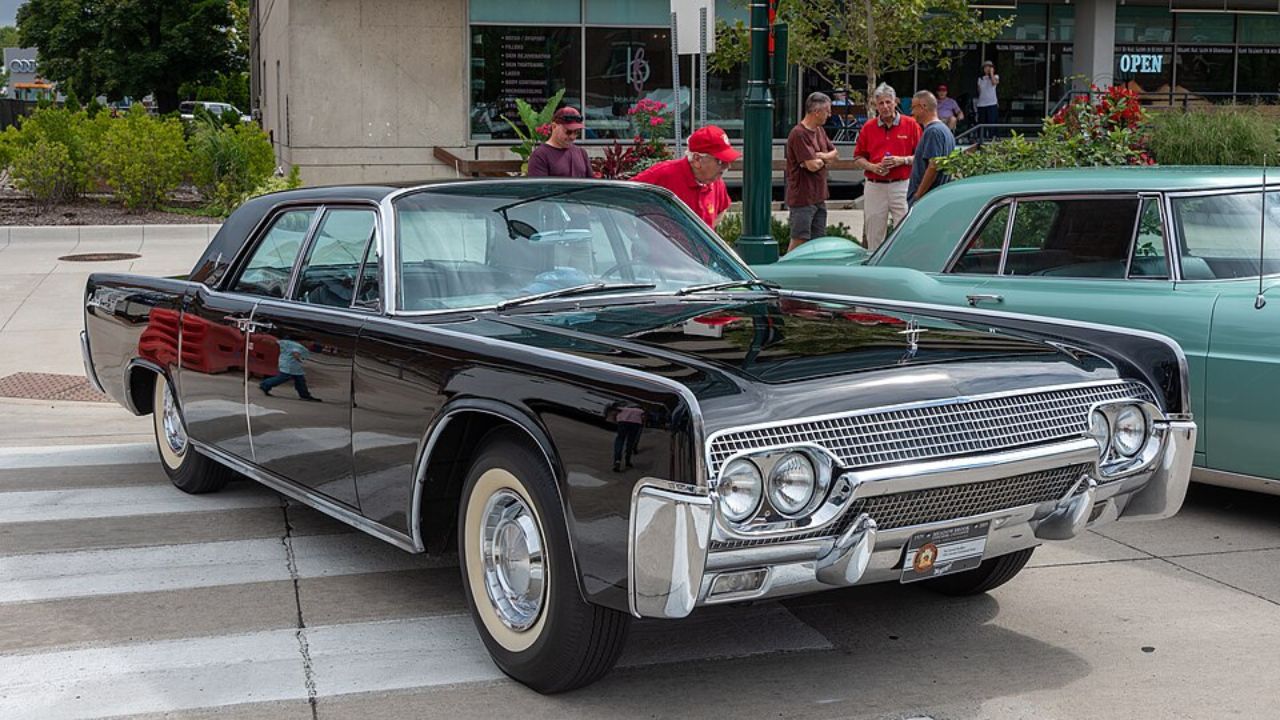
In the 1960s, car manufacturers prioritized a design philosophy that emphasized panoramic views. This was primarily achieved through expansive windows and thin pillars, which created an open, airy cabin feel. This design not only enhanced driver visibility but also contributed to the overall driving experience. Cars like the 1961 Lincoln Continental are prime examples of this trend, featuring minimalistic pillars that provided a nearly unobstructed view of the surrounding environment. The emphasis on visibility was a significant selling point, as it made driving more enjoyable and seemingly safer in an era when road networks were expanding rapidly.
The design choices of the era were heavily influenced by the aerospace industry, which was at the forefront of technological innovation. Designers borrowed elements from aeronautics to create sleek, futuristic car designs that echoed the era’s fascination with space travel and technology. Thin pillars were a natural extension of this aesthetic, providing a streamlined look that was both modern and aspirational. The influence of aviation is evident in models like the 1963 Chevrolet Corvette, which featured a cockpit-like cabin that was both functional and visually striking.
Engineering and Manufacturing Constraints
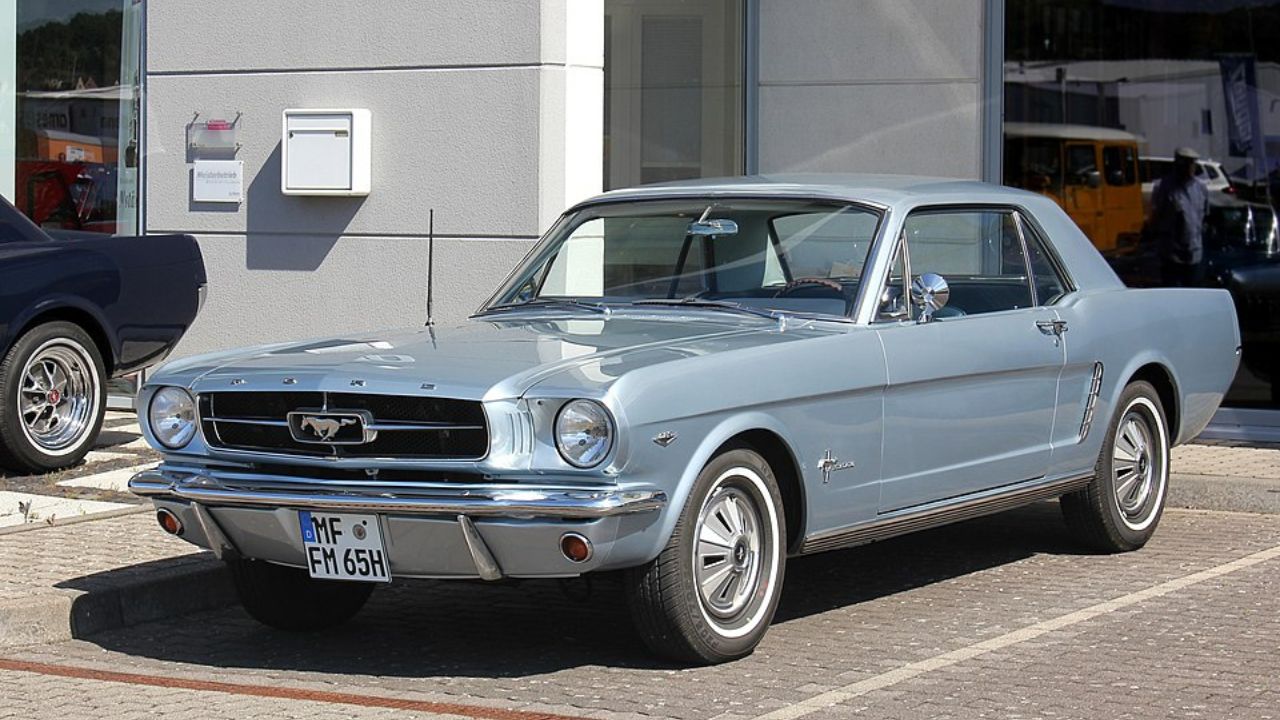
The materials and manufacturing techniques available during the 1960s played a pivotal role in shaping car designs. The use of steel, a material that offered a good balance between weight and strength, dictated certain design choices, including the adoption of thinner pillars. Steel’s strength allowed for the construction of car frames that were both sturdy and lightweight, a critical consideration given the performance expectations of the time. The 1965 Ford Mustang, for instance, utilized a unibody construction that incorporated thin pillars without compromising on structural stability.
Advancements in manufacturing techniques also played a crucial role in enabling designers to experiment with thinner pillars. The precision in construction allowed for innovative designs that could maintain the car’s structural integrity despite the reduced pillar thickness. Automakers employed advanced welding and assembly methods to ensure that the vehicle’s frame was both robust and lightweight. This balance was essential for meeting consumer demands for performance and fuel efficiency while maintaining the aesthetic appeal of the cars.
Safety Considerations and Trade-offs
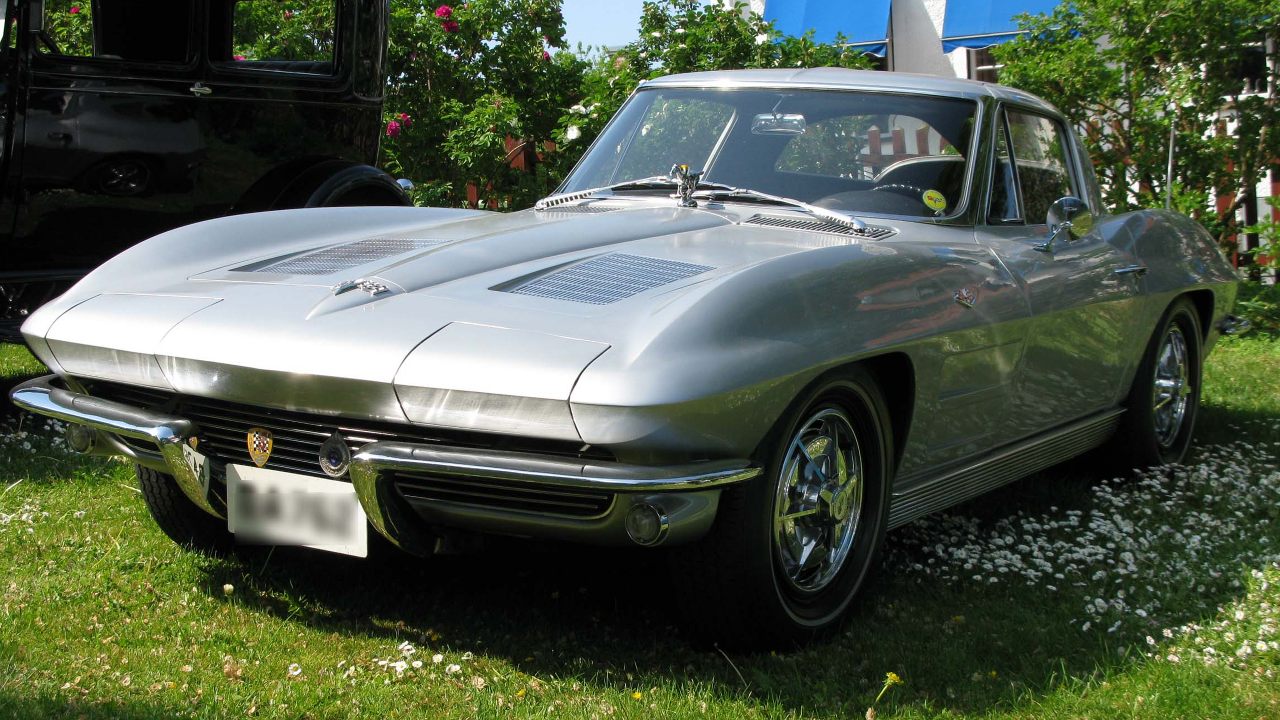
One of the significant trade-offs of the thin pillar design was the lack of modern safety standards. During the 1960s, automotive safety regulations were far less stringent than they are today. This flexibility allowed designers to prioritize aesthetics over safety, resulting in vehicles that, while visually appealing, were less safe by today’s standards. The thin pillars, while contributing to better visibility, did not provide adequate protection in the event of a rollover or side-impact collision. Safety features such as crumple zones and airbags were either rudimentary or non-existent, making the vehicles more vulnerable in accidents.
As awareness of automotive safety grew, the design of car pillars evolved to become thicker and more robust. This change was driven by a growing understanding of crash dynamics and occupant protection. The introduction of federal safety standards in the late 1960s and early 1970s marked a significant shift in automotive design philosophy. Manufacturers began incorporating safety features such as reinforced frames and side-impact protection, leading to the gradual phasing out of thin pillars in favor of designs that offered better protection for vehicle occupants.
Cultural and Economic Influences
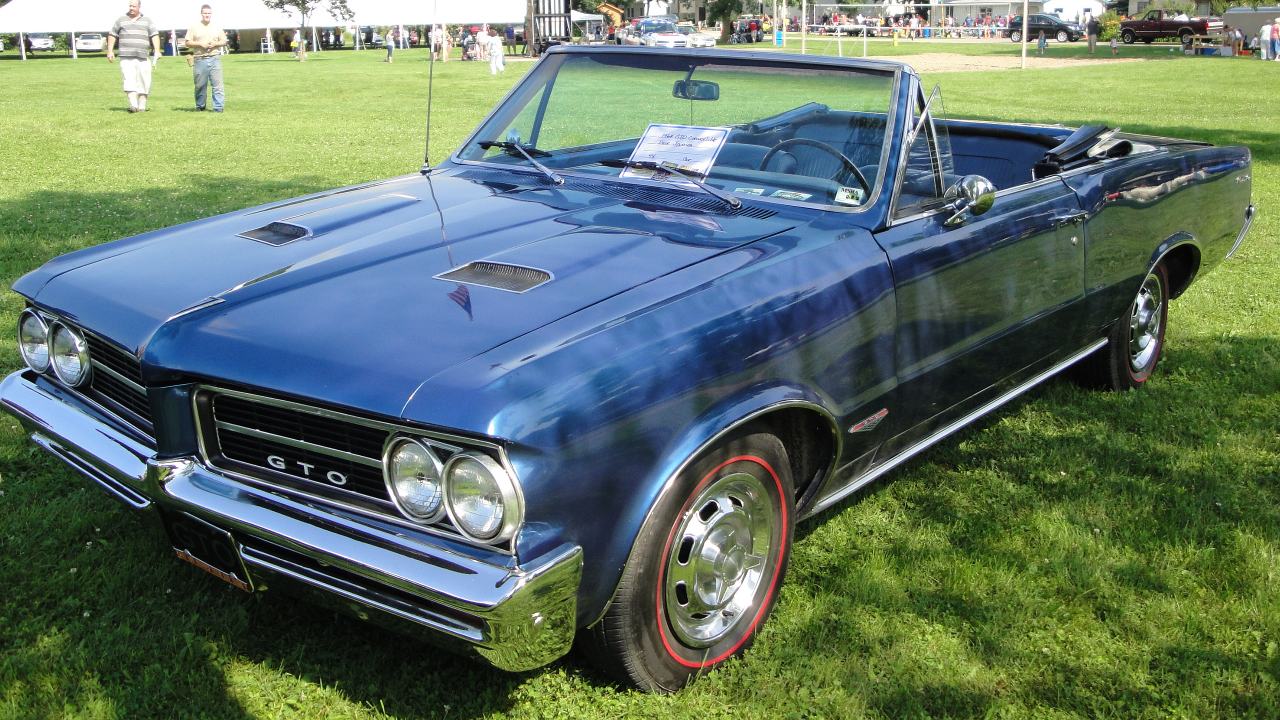
The cultural and economic landscape of the 1960s also influenced car design. The decade was characterized by a booming economy and a culture of consumerism, where style often took precedence over practicality. This consumer-driven market encouraged manufacturers to produce cars that were visually striking and aligned with the era’s sense of modernity and progress. Thin pillars became a symbol of this modern aesthetic, reflecting the optimism and forward-thinking mindset of the time. The popularity of models like the 1964 Pontiac GTO, with its sleek design and thin pillars, underscored this trend.
Economic factors also played a role in shaping the automotive industry during the 1960s. The post-war economic boom provided manufacturers with the financial resources to invest in more daring and experimental designs. This period of economic prosperity allowed for greater risk-taking in design, with thin pillars representing both a stylistic choice and an engineering challenge. The ability to invest in new technologies and materials paved the way for innovations that would influence future generations of vehicle design. The Hillman Imp, for example, showcased the era’s willingness to experiment with design and engineering in pursuit of both performance and style.
Legacy and Influence on Modern Car Design

The legacy of 1960s car design continues to influence modern automotive aesthetics. Many contemporary car manufacturers draw inspiration from the design elements of the past, including thin pillars, to evoke a sense of nostalgia and appeal to enthusiasts of classic cars. This retro design approach can be seen in models like the Ford Mustang and Chevrolet Camaro, which incorporate stylistic nods to their 1960s predecessors while incorporating modern safety and performance features.
The evolution from thin to thicker pillars also reflects broader changes in automotive design philosophy. Modern vehicles prioritize the balance between aesthetics, safety, and performance, a lesson learned from the experiences of the past. Today’s cars feature advanced materials and engineering techniques that allow for stylish designs without compromising on occupant protection. The advancements in automotive safety standards and technology have enabled manufacturers to create vehicles that offer both style and substance, ensuring that the legacy of 1960s design continues to influence the industry in meaningful ways.
Like Fast Lane Only’s content? Be sure to follow us.
Here’s more from us:
*Created with AI assistance and editor review.

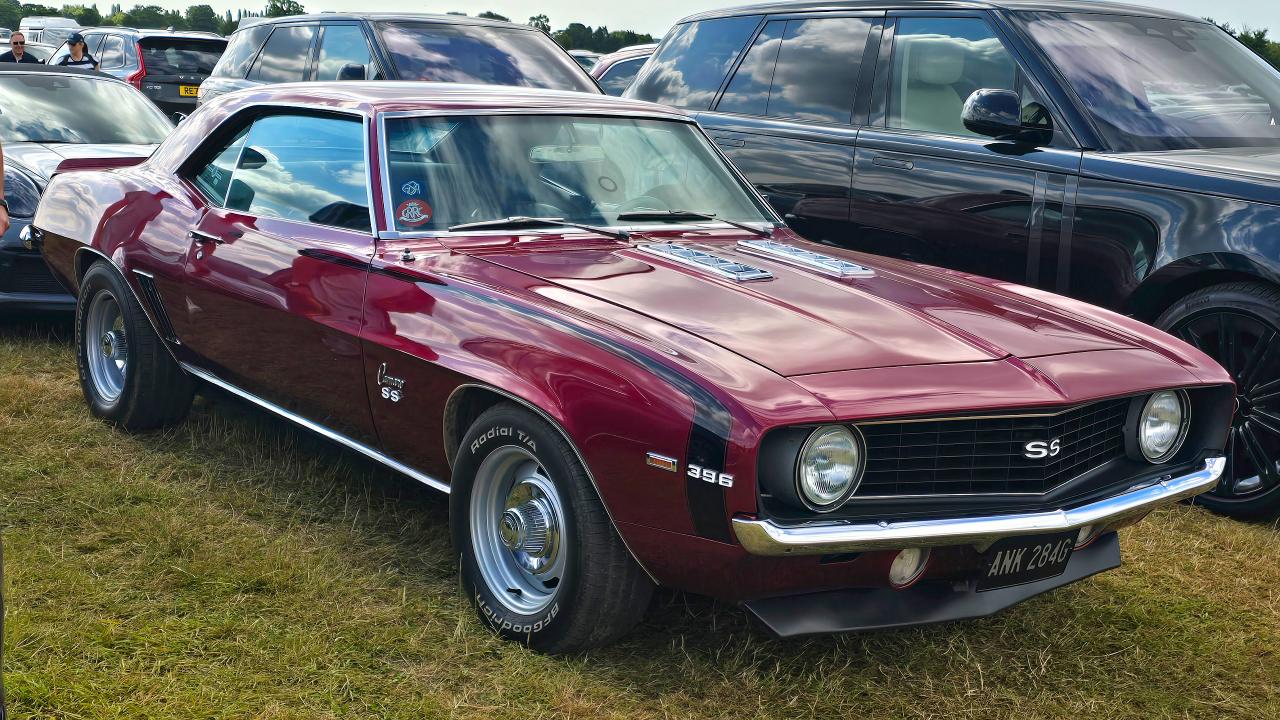


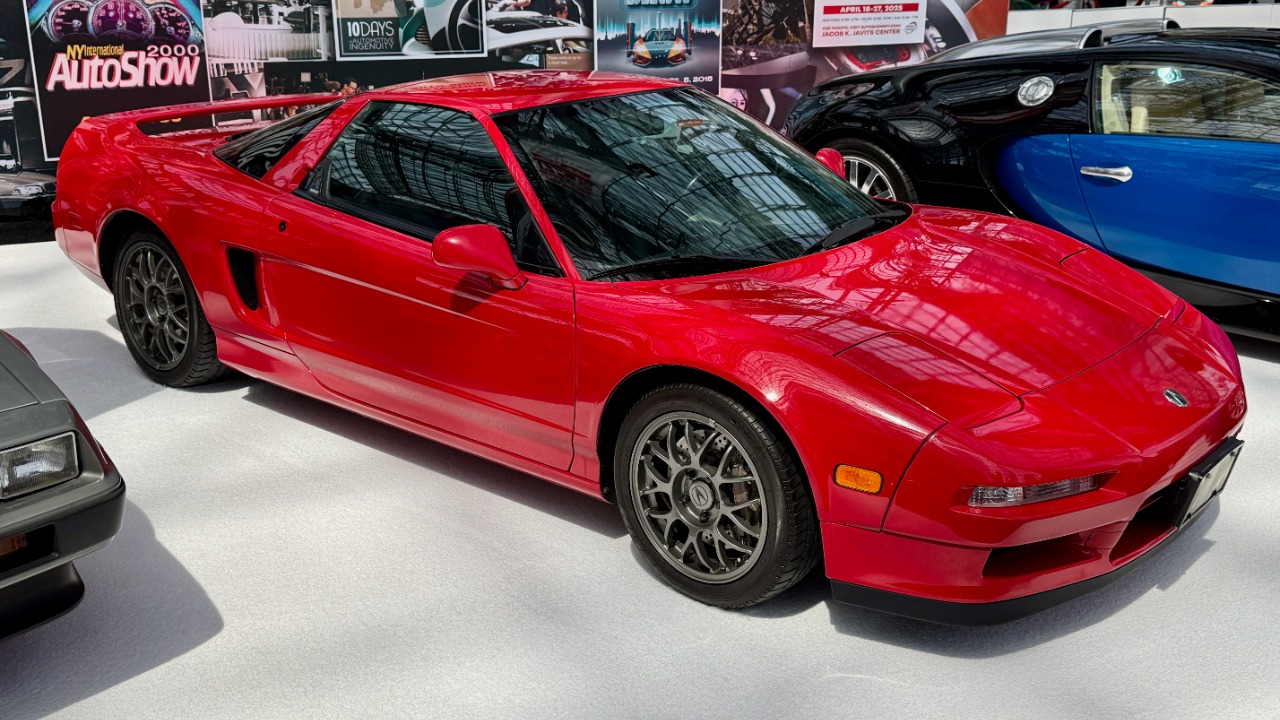
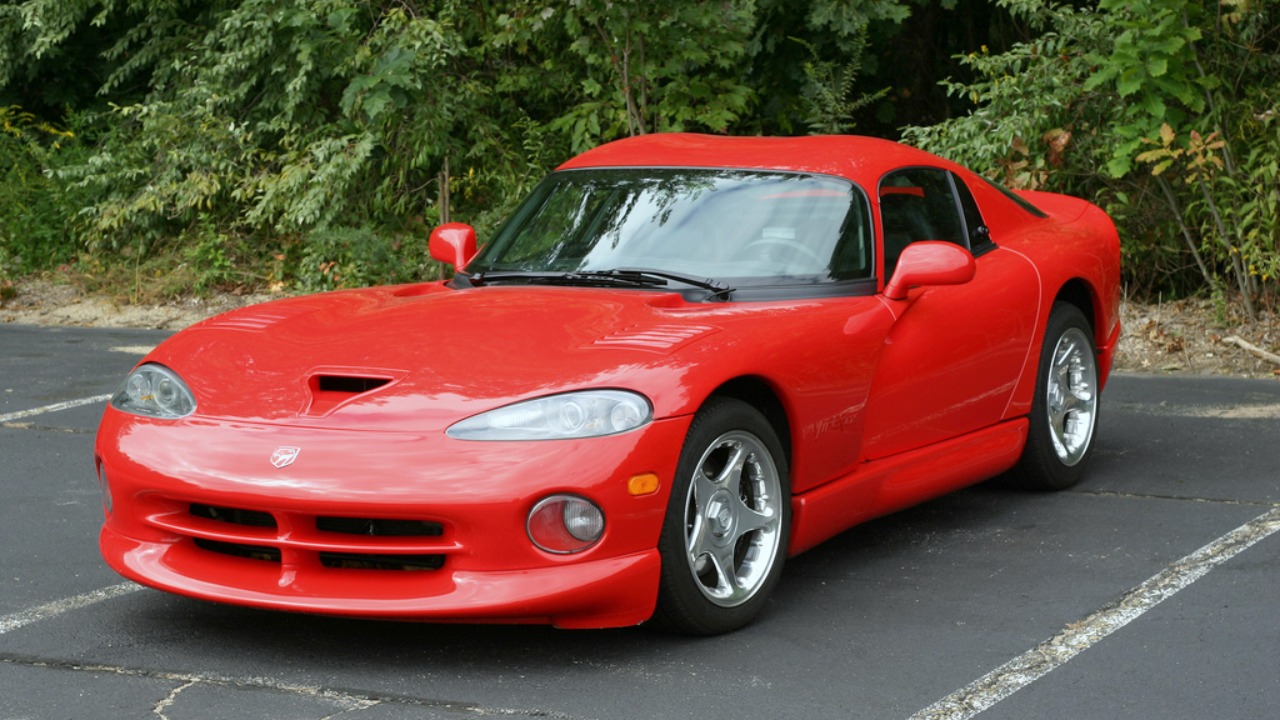

Leave a Reply